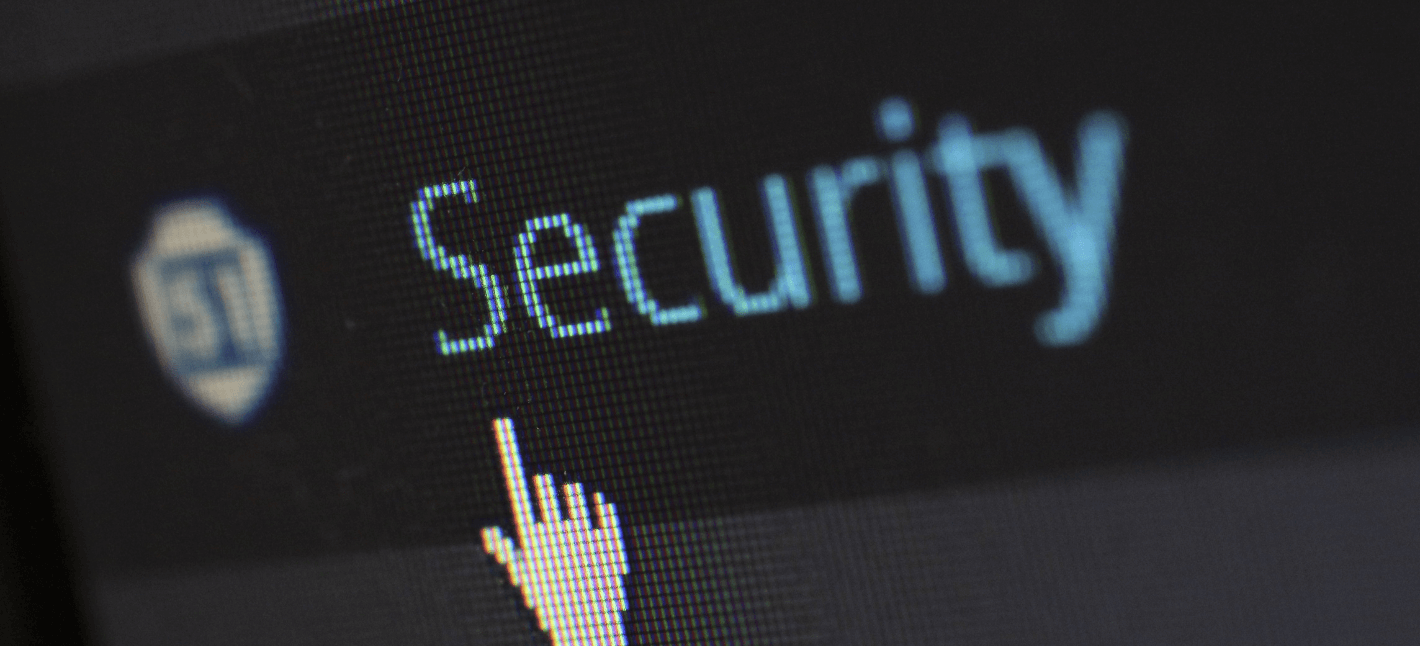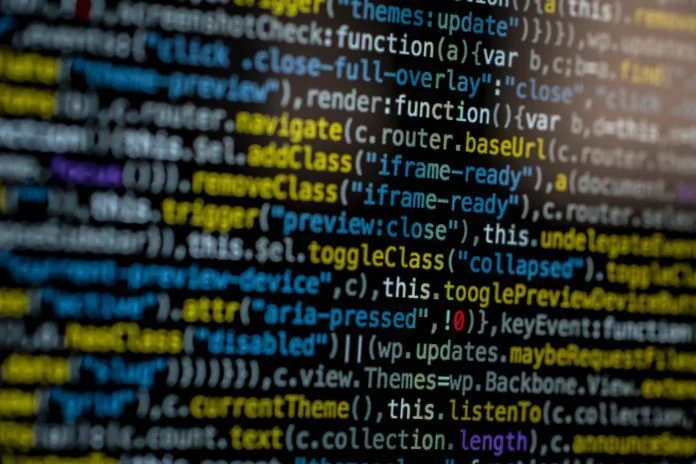Introduction.
The Internet of Things (IoT) has become a huge part of modern life, connecting everything from home appliances to personal gadgets and even public systems. While IoT makes life easier, it also raises serious concerns about privacy. This article explores how IoT affects our privacy, the challenges it brings, and what we can do to protect our data in a highly connected world.

1. What is IoT and How Does It Work?
Understanding the Internet of Things (IoT)
The Internet of Things, or IoT, connects various everyday devices (like smart fridges, fitness trackers, and security cameras) to the internet, allowing them to share and collect data. These devices often gather information about our habits, routines, and preferences to make services more personalized and convenient.
How IoT Devices Work
IoT devices typically work through sensors that collect data, a network that connects them to the internet, and applications or software that analyze the data. This connectivity enables smart devices to interact with each other and with us, making life more efficient and personalized.

2. The Convenience of IoT vs. Privacy Concerns
Benefits of IoT in Daily Life
- Smart Homes: IoT allows us to control lights, thermostats, and even appliances remotely, making homes energy-efficient and convenient.
- Health Monitoring: Wearable devices can track health stats like heart rate and sleep patterns, providing valuable insights.
- Public Services: Cities use IoT to manage traffic, improve waste management, and monitor air quality, creating "smart cities."
Privacy Concerns in the IoT World
The more devices collect personal data, the more our privacy is at risk. For example:
- Constant Data Collection: IoT devices constantly gather information, even when we’re not aware of it.
- Lack of Control Over Data: We often don’t have control over what data is collected, how it’s used, or who can access it.
Potential Security Breaches: IoT devices are vulnerable to cyber-attacks, which could expose personal information to hackers.
3. Key Privacy Challenges in IoT
Data Collection and Storage
IoT devices collect vast amounts of data, from personal details to daily habits. The data is often stored on cloud servers, where it may not be fully protected. The more data stored, the greater the risk if a breach occurs.
Lack of Transparency
Most IoT users aren’t fully informed about what data is being collected and why. Many devices come with lengthy privacy policies that are hard to understand, leaving users unaware of potential risks.
Weak Security Measures
Many IoT devices have weak security features, which makes them easy targets for hackers. For instance, a smart doorbell with a weak password could give hackers access to video footage.
Data Sharing with Third Parties
Some companies share data from IoT devices with third parties, like advertisers, without informing users. This can lead to targeted ads or even data sold to other companies, raising ethical and privacy concerns.

4. How Can IoT Affect Our Daily Privacy?
At Home
- Smart Speakers and Cameras: These devices may always be listening or watching, even if unintentionally, which can feel invasive.
- Smart Appliances: Some appliances, like smart fridges or ovens, track user habits to offer convenience. But this also means companies have a detailed picture of daily routines.
In Public Spaces
- Smart City Technology: Public IoT devices, like cameras and sensors in cities, monitor activity for safety and efficiency. While beneficial, this can sometimes feel like constant surveillance.
- Wearables in Everyday Life: Health trackers and smartwatches collect health data, which could be accessed by others if the device isn’t secure.
5. Strategies to Protect Privacy in the IoT Era
1. Understand Privacy Settings
When setting up IoT devices, carefully review privacy settings and choose the most restrictive options if you want to limit data sharing. Check for settings that allow you to control what’s shared and with whom.
2. Use Strong, Unique Passwords
Secure your IoT devices with strong, unique passwords to protect against unauthorized access. Avoid default passwords, as they are often easy to hack.
3. Regularly Update Software
Manufacturers release updates to fix security issues. Make it a habit to update your devices’ software regularly to improve security and protect your data.
4. Be Aware of Data Sharing Policies
Read the privacy policies and terms of service for each device. While these documents can be long, skimming for sections on data sharing and security can help you make more informed decisions.
5. Limit Permissions
If possible, limit permissions on IoT devices. For example, only allow devices to access location data when absolutely necessary.
6. Use a Secure Wi-Fi Network
Make sure your home Wi-Fi network is secure, as many IoT devices are connected to it. Use a strong password, and consider setting up a separate network just for IoT devices.
6. The Role of Companies and Governments in IoT Privacy
What Companies Can Do
Companies need to prioritize security in IoT devices by:
- Using Stronger Security Protocols: This includes encryption and stronger authentication methods.
- Being Transparent: Companies should clearly inform users about what data is collected and how it is used.
- Giving Users Control: Allowing users to adjust privacy settings can build trust and help users feel more secure.
Government Regulations on IoT Privacy
Governments play a crucial role in setting privacy standards. For instance, privacy laws such as the General Data Protection Regulation (GDPR) in Europe aim to protect users’ data and hold companies accountable. Other countries are also starting to implement IoT regulations to protect user privacy and ensure companies follow safe practices.

7. Looking Ahead: The Future of IoT and Privacy
Balancing Innovation and Privacy
As IoT continues to grow, there’s a need for balance between innovation and privacy. Future developments should focus on creating privacy-friendly IoT devices that respect user data and have strong security features.
Educating Users About Privacy
A key part of the solution lies in educating users. When people understand the privacy risks of IoT, they can make better choices about what devices to use and how to secure them.


You must be logged in to post a comment.